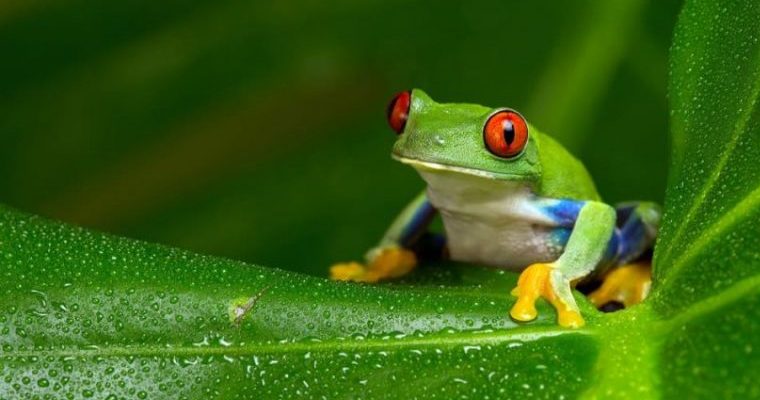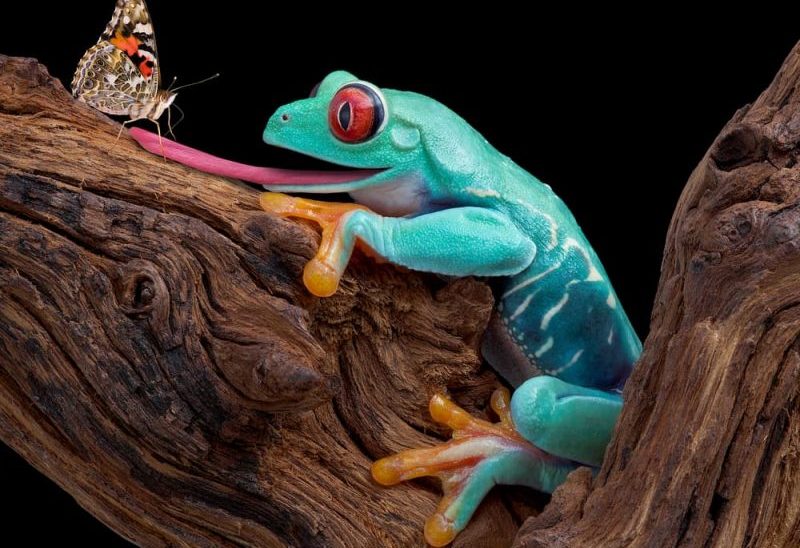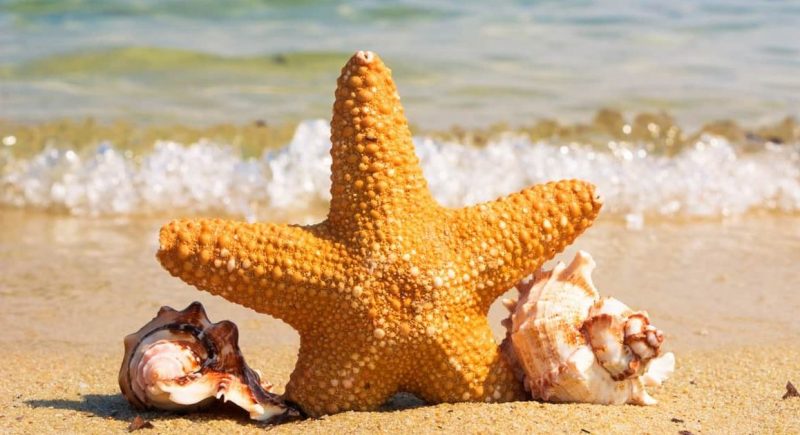The breathing it is the process by which living things obtain oxygen and expel carbon dioxide. This entry and exit is called gas exchange. The oxygen obtained during respiration is used by the whole organism, and, in addition, carbon dioxide is discharged by all organs and tissues. The body’s metabolism depends on respiration.
There are animals that breathe through the skin. In the skin respiration, the gas exchange takes place through the skin. For this to be possible, it must be very thin, well irrigated internally and externally kept moist. For this reason, animals that have this capacity live in humid or aquatic environments. For instance: starfish, frog, earthworm.
Skin respiration consists of oxygen diffusion through the integument, into the superficial blood vessels. Regarding the elimination of gases, carbonic gas is eliminated from the blood vessels through the integument. The oxygen that is picked up by the blood vessels is carried to all the organs of the body, where it comes into contact with the cells and crosses the cell membrane.

Some animals that breathe through skin are annelids, amphibians, and echinoderms:
Annelids
The annelids They are a phylum of protostomous invertebrate animals, cylindrical, with bilateral symmetry, without limbs and soft and elongated bodies. They are divided into:
- Marine polychaetes. The largest number of annelids are marine polychaetes.
- Terrestrial and freshwater oligochaetes. If they are aquatic, they absorb oxygen from the water, while if they are terrestrial they absorb it from the air, but they always stay in humid land.
- Hirudineans. They can be marine, terrestrial, arboreal or, for the most part, freshwater.
Amphibians
The amphibians They are a class of anamniotic, four-legged vertebrates (tetrapods). They regulate their temperature from the ambient temperature, that is, they are ectothermic.
They differ from other vertebrates, they undergo a metamorphosis during their development. They usually combine cutaneous respiration with gill respiration (when they are larvae) or pulmonary (when they are adults).

Echinoderms
The echinoderms they are a phylum of deuterostomous and benthic marine animals. They are called echinoderms because they have, either in a dermoskeleton (the structure of their body is external), or in an internal skeleton, a series of plates (calcareous ossicles) that articulate with each other. They have a radial symmetry.
Examples of skin respiration

- Mollusks. Mollusks have gills and a respiratory system. However, in some mollusks the gills are modified or do not exist, since gas exchange occurs on the surface of the body and the mantle.
- Starfish (echinoderm). There are between 1,500 and 2,000 species of starfish (asteroids) in the world. They have arms (between 5 and 50) that emerge from the center of the body, radially. They are found in all oceans, in both cold and tropical environments. They capture oxygen from water by diffusion.
- Frog (amphibian). Together with the toads, they are part of the anurans. They differ from toads because they have smoother skin, are more agile and have a more streamlined body. This is because their legs are longer and ready to make quick and precise jumps. They are always in or near water. They move by jumps. Anurans have gill respiration when they are tadpoles and pulmonary when they become adults. However, they combine this respiration with cutaneous respiration.
- Sea urchin (echinoderm). There are approximately 950 species of this spiny-skinned animal, with a flattened spherical shape. The calcareous plates form a shell, where mobile spikes are articulated in turn, allowing them to move. They live at the bottom of the sea. Although most of the spices breathe through gills, some of them have skin respiration.
- Earthworm (oligochaete annelid). There are between 4,000 and 6,000 species of earthworms. Oxygen dissolves in the mucus that lines your skin, then diffuses through the thin integument. The oxygen is taken up by the capillaries and carried to the cells. Carbon dioxide leaves the cells and is also expelled through the capillaries.
- Leech (hirudinean annelid). It is a worm from 0.5 to 46 cm in length. Lives in freshwater rivers. It feeds on the blood it draws from mammals, including man. They have been used medicinally throughout history, and are still used today to remove swelling and to correct dislocations. Leeches do not have a differentiated respiratory system, but gas exchange occurs through a thin cuticle that covers them.
- Toad (amphibian). As we said, it is one of the anurans. They differ from frogs by being heavier and more robust. They do not move by jumps but by walking (although there are exceptions). Poisonous glands are found on their skin that defend them from predators. Like frogs, they combine cutaneous respiration with cutaneous respiration with gill (when they are tadpoles) and pulmonary (when they are adults).
